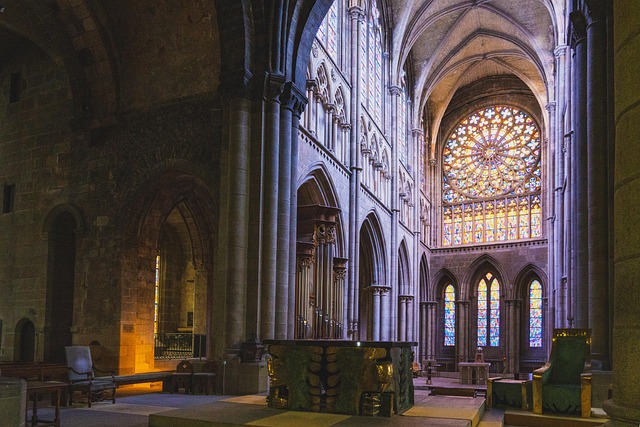The Harmony of Faith: Exploring the Role of Church Music in Community
Church music has always been more than mere melodies and harmonies; it serves as a powerful vehicle for fostering community and nurturing faith. Beyond its rhythmic allure, church music resonates deeply within the hearts of congregants, providing a shared experience that transcends individual differences and unites diverse groups under one spiritual roof.
Religious gatherings often initiate with the lifting of voices in song, setting the tone for worship. The act of singing together invites participation, creating an atmosphere where everyone feels welcomed and included. This participatory nature of church music strengthens the bonds among congregants, as they join together in celebration of their beliefs and values.
Through hymns, psalms, and contemporary worship songs, church music conveys profound messages of hope, love, and redemption. These lyrical expressions not only anchor the faith experience but also provide comfort during times of trial and tribulation. The familiar tunes and lyrics act as reminders of shared beliefs, reinforcing the community’s mission to support and uplift one another.
Moreover, traditional church music often draws on age-old practices and sounds that connect congregants to their heritage and history. As members engage in familiar hymns passed down through generations, they not only strengthen their own understanding of faith but also acknowledge the collective journey of their community. This continuity in musical tradition serves to echo the ancient and still-relevant tenets of their religion, establishing a sense of belonging that is crucial in a world that often feels fragmented.
The role of church music extends beyond the walls of the sanctuary. Many communities witness the influence of church choirs and bands spilling into outreach programs, community events, and social justice initiatives. These musical expressions foster a sense of responsibility towards one another, encouraging congregants to act and serve beyond mere attendance on Sundays. In this way, church music becomes a catalyst for action, motivating individuals to embody their faith in tangible ways while enriching the community at large.
As church music continues to evolve, it seamlessly integrates contemporary styles with traditional elements, appealing to newer generations while honoring rich legacies. This blending of the old and new creates a dynamic that caters to individuals across various demographics, ensuring that the music remains relevant and engaging. Such diversity in musical expression nourishes the faith journey of all members, fostering unity amidst a backdrop of rich cultural variety.
Ultimately, church music embodies the essence of community—a harmonious blend of voices coming together with a singular purpose. It breathes life into the spiritual journey, reminding congregants that they are part of a greater whole. As we explore the melodies that shape our worship, we acknowledge the profound impact that church music has on our collective identity and the strength it brings to our faith communities.




